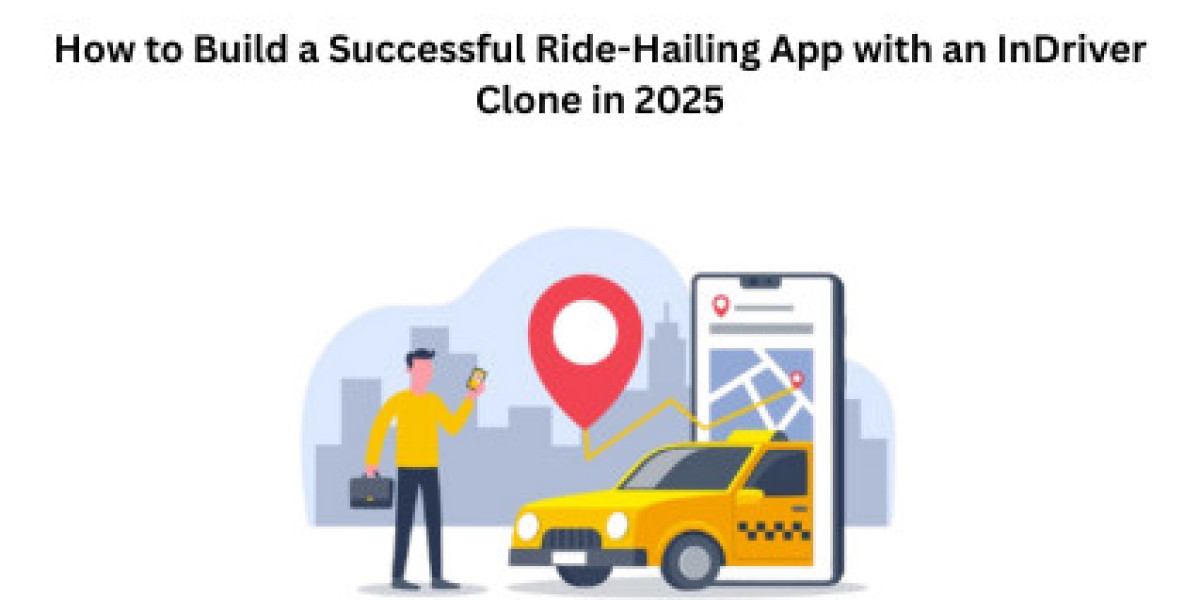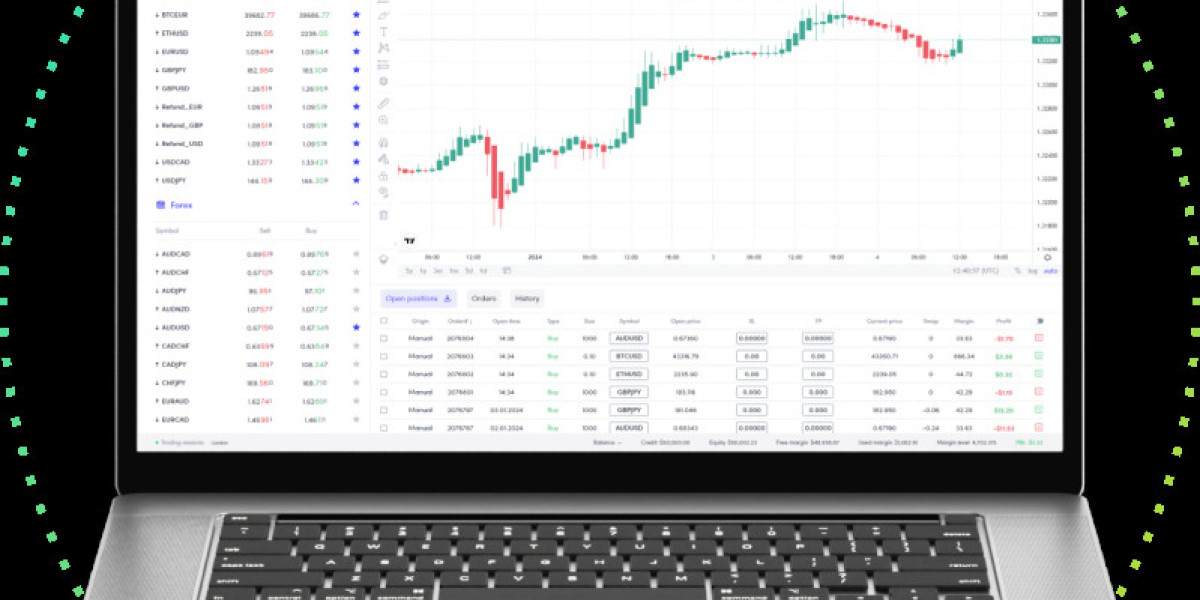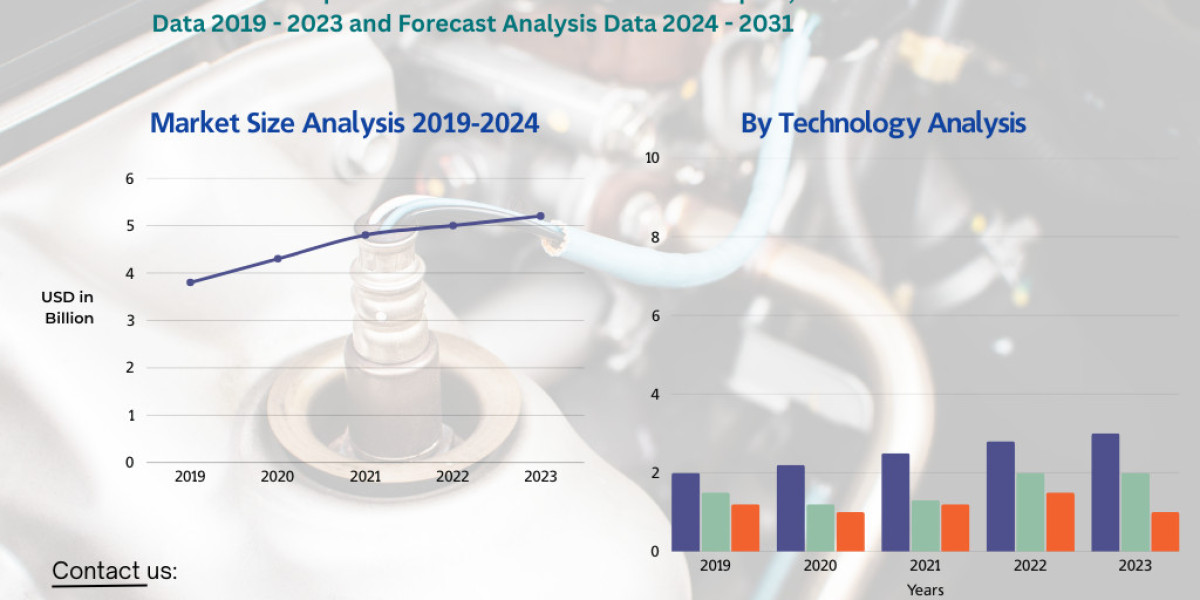The ride-hailing industry continues to evolve in 2025, with users demanding more control, transparency, and affordability. While Uber and Lyft dominate the global landscape, platforms like InDriver have carved out a unique niche by allowing passengers to negotiate fares directly with drivers. This peer-to-peer pricing model has gained traction in emerging markets and price-sensitive regions, making the InDriver clone app a compelling opportunity for startups and clone app development companies.
In this guide, we’ll explore how to build a successful ride-hailing app using the InDriver model, including essential features, tech stack, monetization strategies, and launch tips.
What Is an InDriver Clone App?
An InDriver clone app replicates the core functionality of the original InDriver platform, where passengers propose a fare and drivers can accept, reject, or counter the offer. This negotiation-based model empowers both parties and creates a more dynamic, community-driven ride-hailing experience.
Unlike traditional apps with fixed pricing algorithms, InDriver clones offer:
- Fare flexibility
- Direct communication between riders and drivers
- Lower commission fees for drivers
- Localized pricing based on market conditions
Why Build an InDriver Clone in 2025?
The InDriver model is especially effective in regions where:
- Price sensitivity is high
- Cash payments are preferred
- Local competition is fragmented
- Trust and transparency are valued
Entrepreneurs can leverage this model to:
- Enter underserved markets
- Offer differentiated services
- Build community trust
- Reduce operational costs
With the right tech and strategy, an InDriver clone can become a dominant player in local mobility ecosystems.
Core Features of a Successful InDriver Clone App
To replicate and enhance the InDriver experience, your app should include the following modules:
Rider App Features
- Fare Proposal System: Riders suggest a price for their trip
- Driver Selection: View available drivers and choose based on ratings and offers
- Real-Time Tracking: GPS-based tracking of driver location
- In-App Chat & Call: Communicate directly with drivers
- Multiple Payment Options: Cash, wallet, card, or UPI
- Ride History & Ratings: View past trips and rate drivers
- Emergency Button: SOS feature for safety
Driver App Features
- Ride Requests with Fare Offers
- Accept/Reject/Counter Offers
- Availability Toggle
- Earnings Dashboard
- Document Upload & Verification
- In-App Navigation
- Driver Ratings & Feedback
Admin Panel Features
- User & Driver Management
- Commission Settings
- Dispute Resolution Tools
- Analytics & Reporting
- Promo Code & Referral Management
- Driver Document Verification
- Wallet & Transaction Oversight
Recommended Tech Stack
Your tech stack should support scalability, security, and real-time communication.
Component | Technologies |
Frontend (Mobile) | Flutter, React Native, Swift, Kotlin |
Backend | Node.js, Laravel, Django |
Database | PostgreSQL, MongoDB, Firebase |
Cloud Hosting | AWS, Google Cloud, Azure |
Maps & Navigation | Google Maps API, Mapbox |
Payment Gateway | Stripe, Razorpay, PayPal |
Push Notifications | Firebase Cloud Messaging, OneSignal |
SMS & OTP | Twilio, Nexmo |
This stack ensures cross-platform compatibility, secure transactions, and real-time fare negotiation.
Monetization Strategies
An InDriver clone app offers multiple revenue streams:
- Commission per ride: Charge a percentage of the agreed fare
- Subscription plans: Offer premium features to drivers or riders
- Ad revenue: Display in-app ads or sponsored listings
- Driver onboarding fees: Charge for verification or training
- Wallet transaction fees: Earn from top-ups and transfers
- White-label licensing: Offer your platform to other operators
You can also explore dynamic pricing models or tiered service levels (e.g., economy, comfort, business).
Read More: Top Features to Include in Your InDriver Clone App for 2025
Development Timeline & Cost Breakdown
The cost of building an InDriver clone depends on features, platforms, and team structure. Here’s a rough estimate:
Development Stage | Estimated Cost (USD) |
UI/UX Design | $5,000 – $10,000 |
Rider App Development | $15,000 – $30,000 |
Driver App Development | $10,000 – $25,000 |
Admin Panel | $5,000 – $10,000 |
Backend & APIs | $15,000 – $30,000 |
QA & Testing | $3,000 – $7,000 |
Deployment & Maintenance | $2,000 – $5,000+ |
Total Estimate | $55,000 – $120,000+ |
Partnering with a clone app development company can reduce costs by leveraging pre-built modules and proven architecture.
Legal & Compliance Considerations
Ensure your app complies with local laws:
- Licensing & permits for ride-hailing operations
- Driver verification and insurance
- Data privacy laws (GDPR, CCPA)
- Payment compliance (PCI-DSS)
- Safety protocols (SOS, emergency contacts)
Consult legal experts and integrate compliance tools into your admin dashboard.
Launch Strategy & Marketing
A strategic launch is key to gaining traction:
- Beta testing with a small user group
- Referral programs for riders and drivers
- Local partnerships with taxi unions or EV providers
- Social media marketing targeting local demographics
- App store optimization (ASO) for visibility
- Influencer campaigns to build brand awareness
Track performance metrics and iterate based on user behavior and feedback.
Conclusion
In today’s mobility-driven landscape, launching an InDriver clone app offers a smart blend of flexibility, cost-efficiency, and user empowerment. By incorporating fare negotiation and localized features, your app can quickly resonate with price-sensitive and underserved markets. To bring this vision to life with precision and speed, partnering with a trusted clone app development company is absolutely essential. Their expertise in modular architecture, regional compliance, and scalable infrastructure can transform your ride-hailing startup into a high-performing platform that meets user expectations and industry standards.
FAQs
- What makes an InDriver clone different from an Uber clone? An InDriver clone allows fare negotiation between riders and drivers, offering more flexibility and user control than fixed-price models like Uber.
- Can I launch with just one platform (iOS or Android)? Yes. Many startups begin with Android due to market share, then expand to iOS and web based on user demand.
- What’s the best monetization model for an InDriver clone? A hybrid model works best—commissions, subscriptions, and in-app ads provide diversified revenue streams.
- Is it better to build from scratch or use a clone app solution? Using a clone app development company offers faster deployment, lower costs, and proven architecture—ideal for startups.
- How do InDriver clone apps handle payments and compliance? They integrate secure gateways (e.g., Stripe, Razorpay) and follow PCI-DSS standards. Admin panels support tax reporting and driver payouts.


